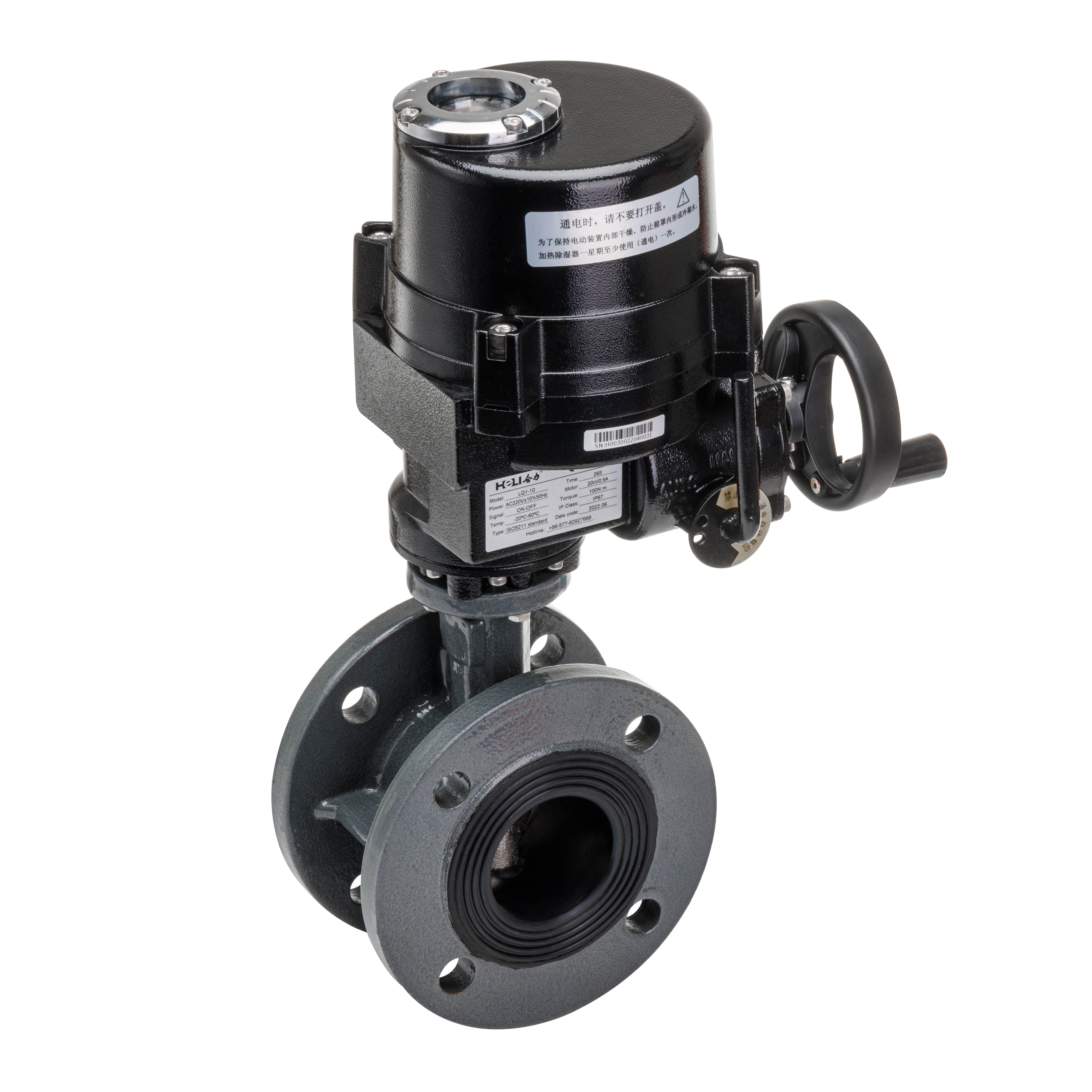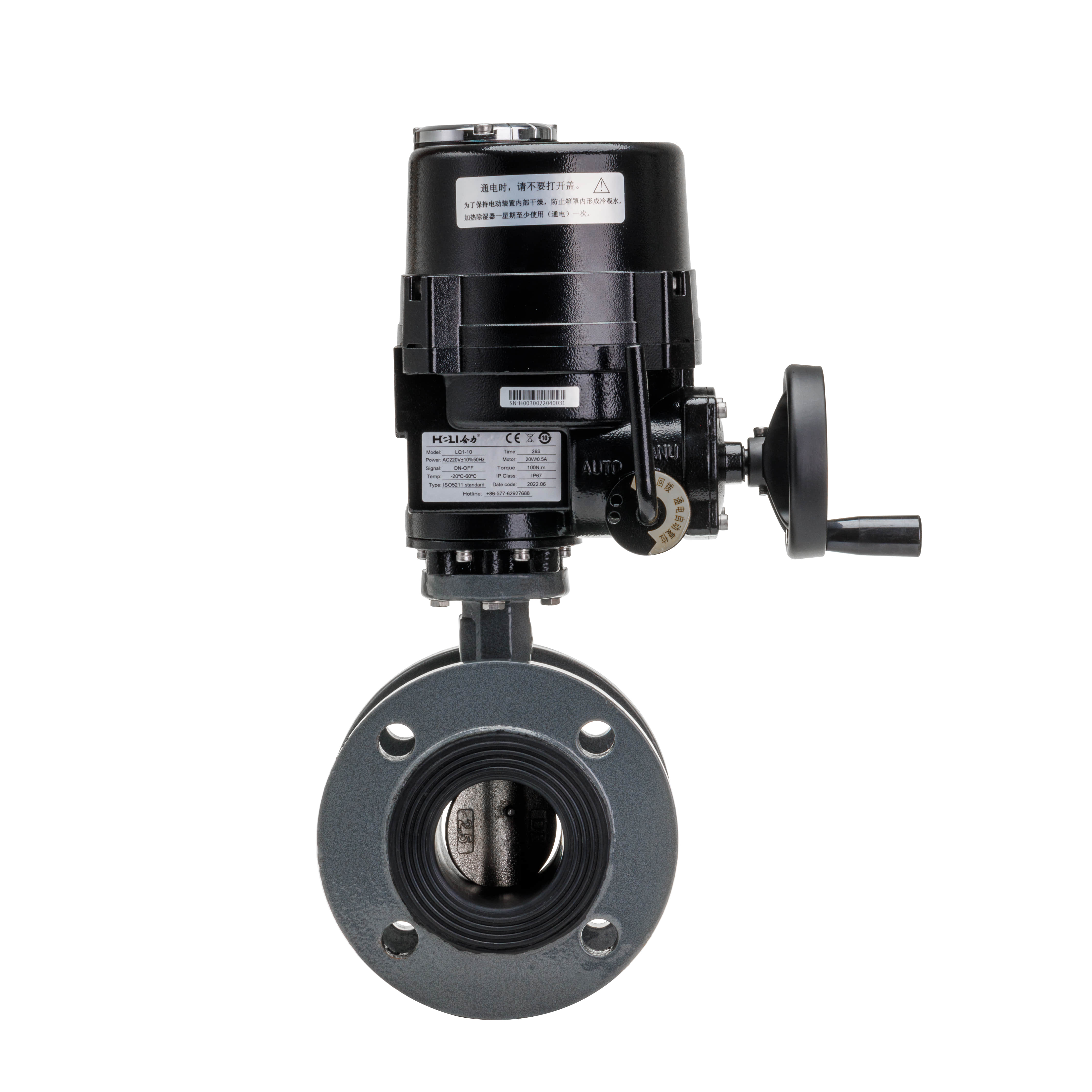
The stainless steel electric rotary ball valve is a critical component in modern industrial applications, offering efficient control of fluid flow with precision and reliability. Its design and functionality make it an essential part of various systems, including water treatment, chemical processing, and HVAC systems. This article delves into the features, benefits, applications, and maintenance of stainless steel electric rotary ball valves, showcasing why they are the ultimate choice for many industries.

At its core, the stainless steel electric rotary ball valve operates by using a spherical disc, known as a ball, which controls the flow of liquid or gas through the valve. The ball has a hole or port through its center, and when the valve is in the open position, the fluid can flow freely through this passage. Conversely, rotating the ball to a closed position effectively stops the flow. This simple yet efficient mechanism ensures a tight seal, reducing the risk of leaks and enhancing system integrity.

